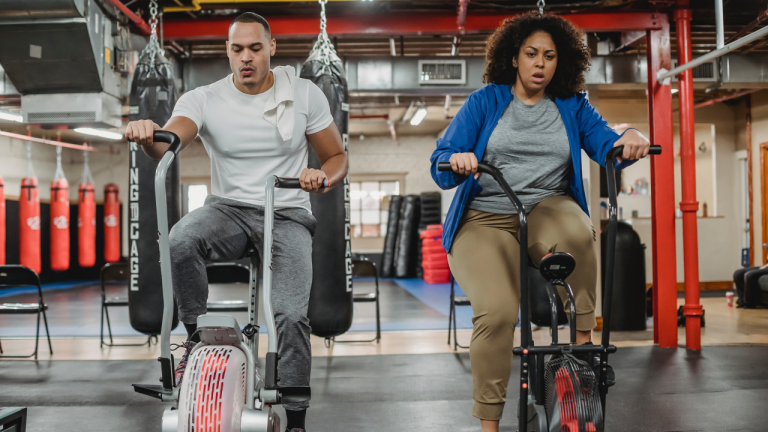Weight Training or Bodyweight Training

Both weight training and bodyweight training have their advantages and can be effective for improving strength, building muscle, and enhancing overall fitness. The choice between the two depends on various factors, including personal preferences, goals, equipment availability, and individual circumstances. Here’s a comparison of weight training and bodyweight training:
Weight Training:
External Resistance: Weight training involves using external resistance, such as dumbbells, barbells, resistance machines, or other weighted objects, to provide resistance to the muscles. This allows for a precise and adjustable load, making it easier to progress and increase resistance over time.
Progressive Overload: With weight training, it’s relatively straightforward to apply the principle of progressive overload by increasing the weights lifted or adjusting the resistance. This is particularly beneficial for building strength and muscle mass.
Targeted Muscle Activation: Weight training allows for targeted muscle activation by isolating specific muscle groups and performing exercises that specifically target those muscles. This can be useful for addressing muscle imbalances or focusing on specific areas of the body.
Variation and Exercise Options: Weight training offers a wide range of exercises and variations, allowing for a diverse training routine. It provides opportunities for compound exercises (e.g., squats, deadlifts, bench presses) that engage multiple muscle groups simultaneously, as well as isolation exercises for targeting specific muscles.
Equipment Requirement: Weight training typically requires access to weights, whether it’s a gym with weight machines and free weights or a home setup with appropriate equipment. This may involve a financial investment and necessitate a specific training environment.
Bodyweight Training:
Convenience and Accessibility: Bodyweight training can be done anywhere, as it relies on using your own body weight for resistance. This makes it a convenient option for those without access to a gym or equipment. Bodyweight exercises can be performed at home, in a park, or during travel.
Functional Strength: Bodyweight exercises often involve compound movements and engage multiple muscle groups simultaneously, mimicking real-life functional movements. This can improve overall strength, stability, and coordination.
Improved Body Control: Bodyweight exercises require a greater focus on body control, balance, and stability. This can enhance proprioception and kinesthetic awareness, contributing to improved movement quality and coordination.
Scalability and Adaptability: Bodyweight exercises can be modified and progressed to suit different fitness levels and abilities. By adjusting the leverage, and range of motion, or adding variations, you can make bodyweight exercises more or less challenging to meet your specific needs.
Minimal Equipment: Bodyweight training requires little to no equipment, reducing the financial cost and space requirements. Basic equipment like a pull-up bar or resistance bands can be beneficial but is not essential.
Ultimately, the choice between weight training and bodyweight training depends on your preferences, goals, and available resources. Many individuals incorporate both approaches into their training routines, combining the benefits of external resistance and bodyweight exercises. Experimenting with different modalities and finding a balance that works for you can provide a well-rounded and effective training program.



